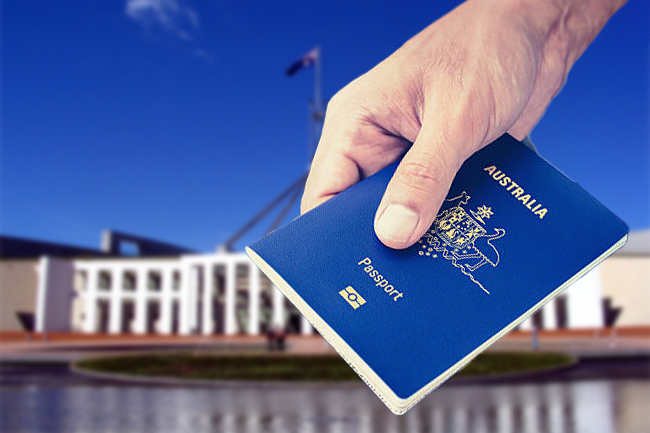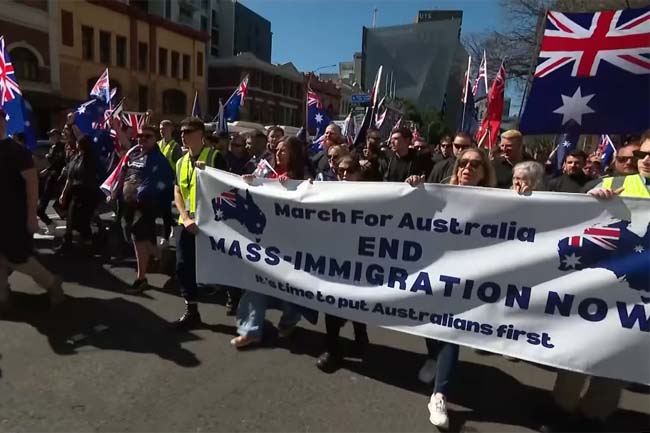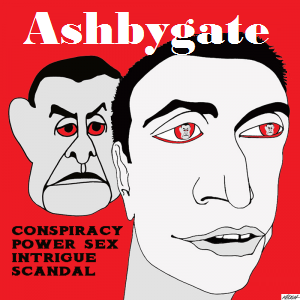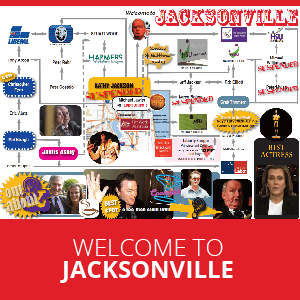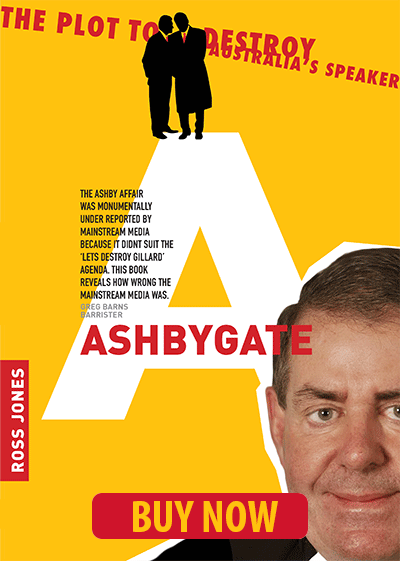A growing number of people in Australia remain stuck in immigration limbo, writes Dr Abul Rizvi.
Australia’s visa system is clogged like never before. The clogging accelerated about ten years ago and has grown worse ever since. A clogged visa system rewards the unscrupulous who benefit from slower processing times and pressure on visa processing officers, which can lead to them missing cases of fraud and abuse.
A clogged visa system is the function of poor (and sometimes illegal) immigration policy, bad visa design and inadequate visa processing resources. It also reflects the lack of a long-term immigration plan.
Bridging visas
The best indicator of a clogged visa system is the number of people on bridging visas. These are generally visas granted to onshore visa applicants whose applications cannot be processed before the substantive visa they are on expires. When bridging visas were first established in 1994, the thinking was that there would never be more than a few thousand people on these visas at any time.
Over 400,000 people currently on bridging visas make a mockery of that thinking (see Chart 1). There were slightly over 71,000 bridging visa holders just over 10 years ago. The reign of former Home Affairs Minister Peter Dutton and Secretary Mike Pezzullo triggered an extraordinary rise in the stock of bridging visa holders. Neither had any understanding of how to run an efficient visa system.

While the new Labor Government briefly tried to address the bridging visa backlog in 2023, that was short-lived as there was no overarching strategy to maintain the reduced backlog. Minor tinkering will not fix the clogged system, which covers almost all major types of permanent and temporary visas.
Asylum seekers
The clogging started with the biggest labour trafficking scam abusing the asylum system we have ever seen in Australia. Chart 2 highlights the extraordinary rise in asylum applications from Malaysian and Chinese nationals from 2015-16. What was most surprising was the lack of effective response to this scam from Dutton and Pezzullo. Their record on immigration integrity is truly abysmal.

That surge in asylum applications gradually made its way to the Administrative Appeals Tribunal and the Administrative Review Tribunal (AAT/ART) (see Chart 3).

While the Labor Government injected more money into asylum processing that has reduced the backlog at the primary level and stabilised it at the ART, as well as some restoration of funding for immigration compliance that had been cut back by Dutton/Pezzulo, the volume of unsuccessful asylum seekers who have not departed continues to grow. At the end of September 2025, there were an astonishing 101,081 asylum seekers refused at the primary stage who were in Australia, of whom 60,023 had also been refused at the ART. The overall number of asylum seekers in Australia at the end of October 2025 was 128,274.
But asylum seekers are only the start of how clogged the visa system is.
Partner Visas
A lesser-known Dutton/Pezzullo scandal was their illegal restrictions on the number of partner visa places, which are required by law to be processed on a demand-driven basis. The dynamic duo created an extraordinary backlog of partner visa applications (see Chart 4). While former Immigration Minister Hawke cleared that backlog to avoid criticism by an Australian National Audit Office (ANAO) audit of partner visa processing, the new Labor Government has copied the illegal restrictions put in place by Dutton/Pezzullo (despite clear knowledge of the illegality).

The restricted number of places for partner visas in 2025-26 will ensure that the application backlog rises to an astonishing 120,000 by mid-2026. The simplest way to clear that backlog is to allocate sufficient places in the Migration Program and sufficient processing resources. But the politics of that is awful, even if the law requires it.
COVID – Trigger or opportunity
While COVID border closures provided an ideal opportunity to get on top of the clogged visa system, the Coalition Government actually took steps that would make the situation much worse. It made policy changes that triggered the massive boom in student, working holiday and COVID visas that gave us net migration of over 500,000 in 2022-23.
Combined with the effects of a strong labour market and Labor’s slow response to the boom, the visa system has become even more clogged. Despite Labor’s commitment to reduce the number of temporary residents in Australia, these hit an astonishing 2.9 million in September 2025, with record or near record numbers of:
- Bridging visa holders – over 400,000
- NZ citizens – over 700,000
- Students – over 634,000
- Temporary graduates – almost 240,000
- Skilled temporary entrants – over 233,000
- Working holiday makers – over 217,000
A material portion of these temporary entrants, other than NZ citizens who now have a direct route to Australian citizenship, will apply for permanent residence. That will put even more pressure on the limited number of permanent residence places available. They are becoming part of the permanently temporary.

The fact is, these temporary residents, particularly students who have invested heavily in a permanent resident outcome, are not departing at the rate Treasury is forecasting. A good example of this is the resistance to the Government’s ham-fisted efforts to get students who apply to do further study in Australia to leave. These refused students are increasingly appealing to the ART with a high rate of success (see Chart 5).
After 18 months of tightening the student visa policy, the Government has now reversed that for overseas students who apply to attend public universities. In September 2025, we saw a large increase in offshore student visa applications compared to September 2024. This was the first month in 2025 when offshore student visa applications were higher than the corresponding previous month. If that continues in October 2025, it will be clear confirmation that the student visa policy has been reversed.
The decision to make this reversal appears to have taken no account of its impact on net migration or the pressures on the permanent Migration Program. This reflects the fact that the Government has no long-term immigration plan nor a single minister responsible for delivering that plan. Current Immigration Minister Tony Burke seems determined to avoid developing such a plan.
Delays in the development of a plan to manage these pressures simply mean the clogged nature of the system gets worse. That not only rewards the unscrupulous but also creates a growing number of people in Australia stuck in immigration limbo. The Australian public seems unimpressed by the lack of a plan.
Dr Abul Rizvi an Independent Australia columnist and a former Deputy Secretary of the Department of Immigration. You can follow Abul on Twitter @RizviAbul.
 This work is licensed under a Creative Commons Attribution-NonCommercial-NoDerivs 3.0 Australia License
This work is licensed under a Creative Commons Attribution-NonCommercial-NoDerivs 3.0 Australia License
Support independent journalism Subscribe to IA.

Related Articles
- Canberra sidesteps transparency by leaving thousands of visas off the books
- Unlike Australia, Canada continues to implement its long-term immigration plan
- Migration lifts everyone's prosperity
- We need a holistic, long-term plan to manage immigration
- Immigration pressures build as net migration stabilises





